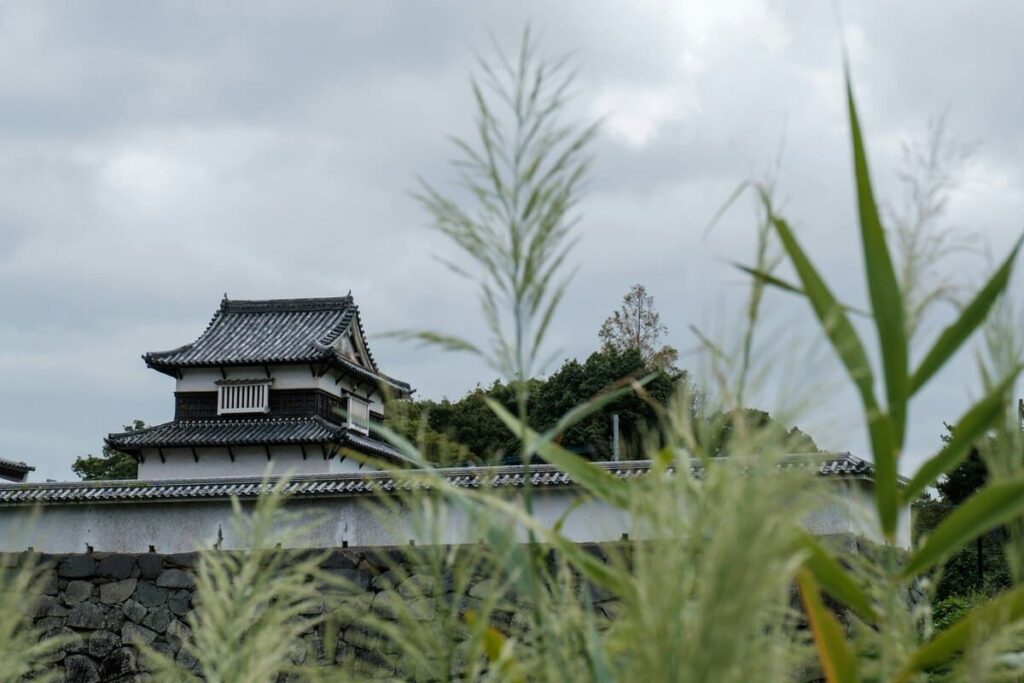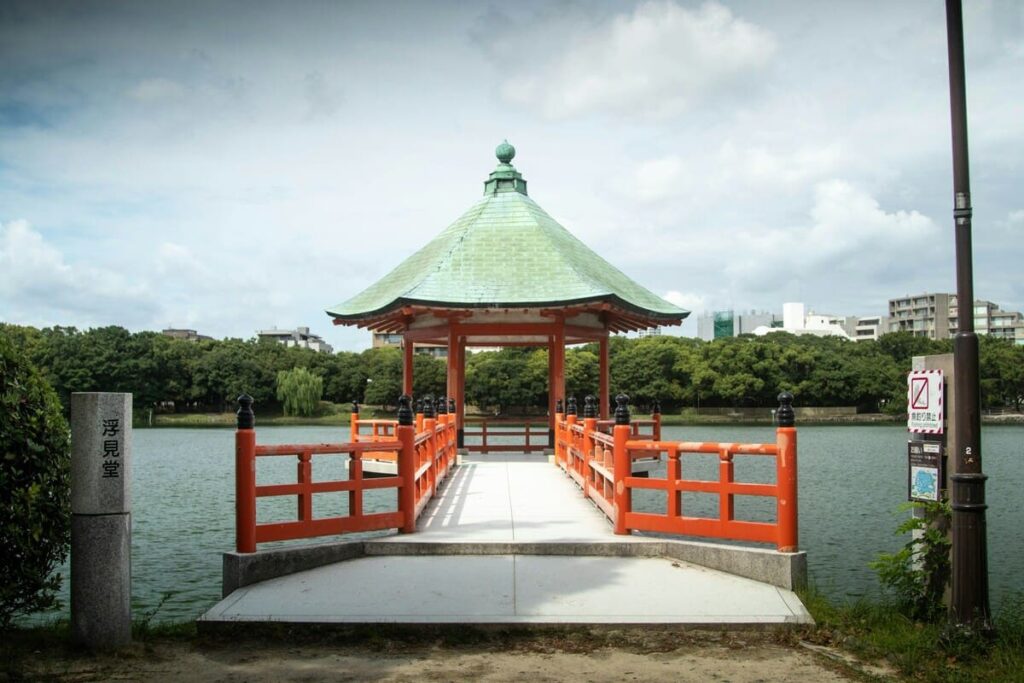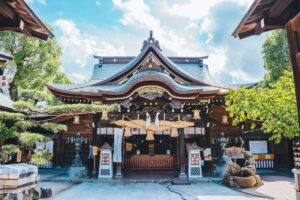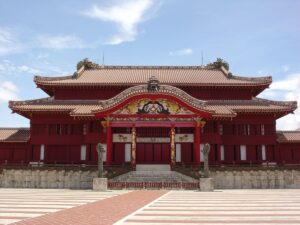Fukuoka Castle: A Legacy of Feudal Strength and Beauty in Japan

Fukuoka Castle, also known as Maizuru Castle, is a historical gem located in the heart of Fukuoka City, on Japan’s Kyushu Island. Constructed in the early 17th century during the Edo period by Kuroda Nagamasa, a powerful lord under Tokugawa Ieyasu, this castle was once one of the largest in Kyushu, showcasing the power and prestige of the ruling Kuroda clan. Today, it stands as a poignant reminder of Japan's rich samurai heritage, offering visitors a glimpse into the past amid the modern cityscape.
Historical Context and Construction
Fukuoka Castle was built between 1601 and 1607 in what was then the burgeoning town of Hakata. It was designed to serve both as a fortress and as an administrative center, symbolizing the unification and control over the region by the Tokugawa shogunate. The castle's strategic location between the rivers and the sea made it an important maritime defense point and a hub of trade and political power.
Architectural Features
While much of Fukuoka Castle has not survived into the modern era, the ruins provide significant insights into the castle's original structure and grandeur. The castle complex was extensive, featuring multiple turrets, gates, and defensive walls, intricately designed for both defense and aesthetic appeal. The remaining stone walls and some yagura (turrets) illustrate the typical feudal Japanese castle architecture, with massive stone bases and wooden superstructures.
The Castle Grounds and Surroundings
Fukuoka Castle is set within the expansive Ōhori Park, a favorite spot among locals and tourists for its scenic walking paths, traditional Japanese garden, and the adjacent Ōhori Park Japanese Garden. The park area around the castle ruins becomes particularly lively during the cherry blossom season, when hundreds of sakura trees bloom, creating a breathtakingly picturesque setting.

Cultural Significance
Throughout its history, Fukuoka Castle played a pivotal role in the political and military landscapes of feudal Japan. It witnessed numerous historical events and power struggles that shaped the region. Today, it serves as a cultural and historical education site, with various plaques and guided tours available to teach visitors about its storied past.
Preservation Efforts and Visitor Engagement
Efforts to preserve and interpret Fukuoka Castle include archaeological excavations and restorations of some of the remaining structures. Educational programs and seasonal events are often held within the castle grounds and Ōhori Park, aiming to engage the community and visitors in the rich history of the area.
Exploring Fukuoka Castle Today
Visitors to Fukuoka Castle can explore the extensive walking trails that wind through the remnants of the castle, offering panoramic views of the city and glimpses into the strategic design of this once-mighty fortress. Informational signs and available guided tours enrich the visitor experience, providing context and background to the architectural elements and historical significance of the site.
Fukuoka Castle remains a poignant historical landmark in Fukuoka, providing a connection to Japan’s feudal past set against the backdrop of a modern, vibrant city. It stands as a testament to the architectural ingenuity and strategic importance of Japan’s castles, making it an essential visit for those interested in Japanese history and culture.

